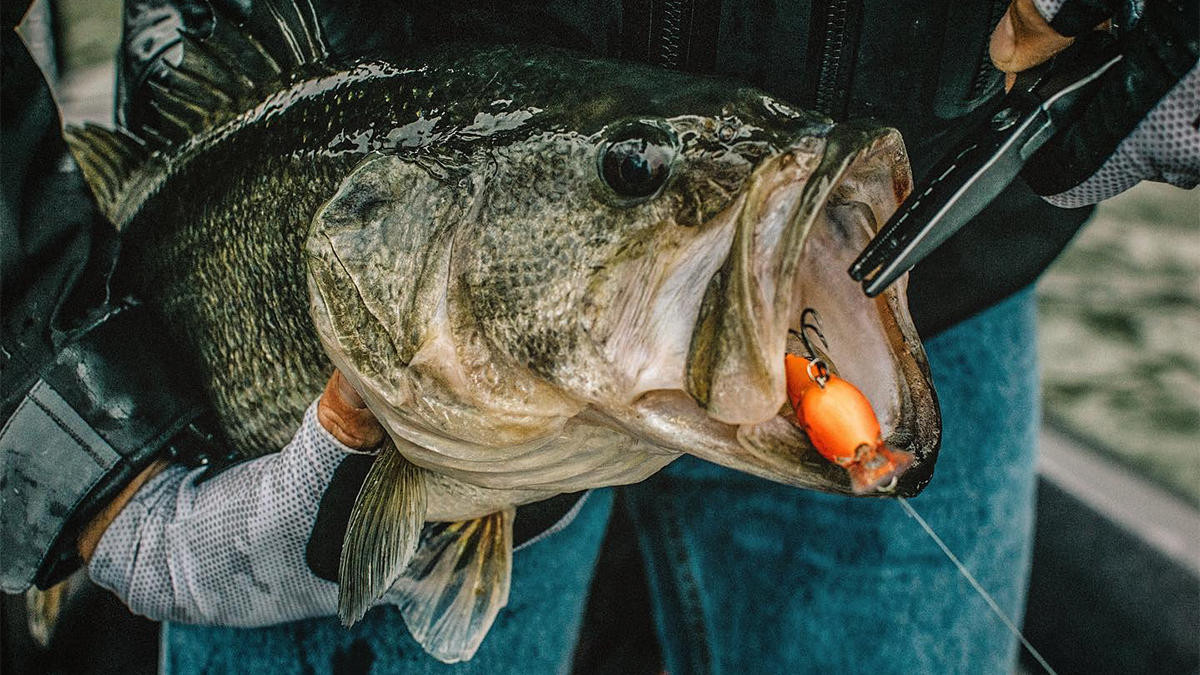Winter bass fishing is oftentimes uncomfortable out on the water. Your fingers are numb, your nose is running and it seems nearly impossible to get that nasty, unpleasant chill out of your bones. But if you can layer up and tough it out, this is honestly one of the best times of the entire year to catch your personal-best bass. The big females are already full of eggs and in many areas of the country, they weigh heavier than they will all year long. So although it might not be very tempting to leave the warm confines of your house right now, you have a legitimate chance of running across Jurassic Park if you can get the gumption to get out there.
Crankbaits are, by far, one of the best types of bass fishing lures to fool these cold-water bass. Even when these lethargic wintertime bass aren’t actively feeding, the tantalizing shimmy of a crankbait is well known to elicit instinctual reaction strikes from otherwise inactive fish.
There’s one problem, though.
Too many folks are making some easily avoidable mistakes with this technique. I was talking with professional angler Patrick Walters recently and, with both of us being crankbait junkies, we started discussing some of these mistakes. If you can take a few mental notes of these things, you’ll have an outstanding chance at catching the biggest bass of your life this winter.
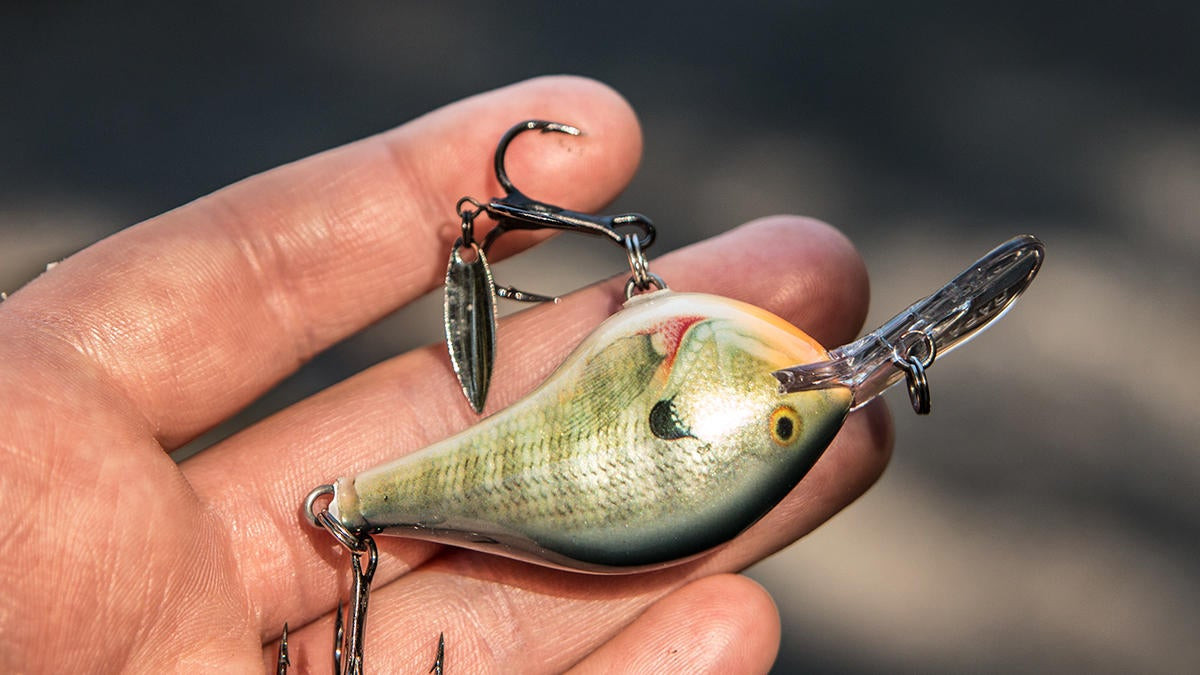
Not keeping sharp hooks
You’d be shocked at how fast a treble hook can become dull. You can have the absolute best trebles in the market but even then, after hours of banging into hard cover looking for those big winter bass, they’ll need some attention. You can get away with being a little more lackadaisical with your hook sharpness in the warmer months, but this cold water calls for frequent close inspection of each and every hook point.
“The mouths of wintertime bass are much tougher than they are in warmer weather,” Walters said. “They almost have a leather-like texture to them which makes efficient and quick hook penetration essential if you want to land big fish.”
In addition, it’s important to note the type of cover you’re most likely to crank this time of year. Hard cover tends to conduct and hold heat better than other types of cover, which makes abrasive surfaces like rocks and wood high-percentage targets. While they’re likely to hold bass, both of these targets are notorious for dulling your treble hooks.
Walters has a lot of confidence in both the VMC Inline 1X Treble Hook and the VMC Bladed Hybrid Treble Short 1X Hook (pictured). While he believes they stay sharper than other trebles on the market, he’s constantly inspecting them every few casts.
“Winter cranking will really beat up your hooks, so always test ’em every few casts. If you’re going down a clay bank or something it’s not that big of a deal. But if you’re targeting the hard cover we talked about, don’t get lazy about it.”
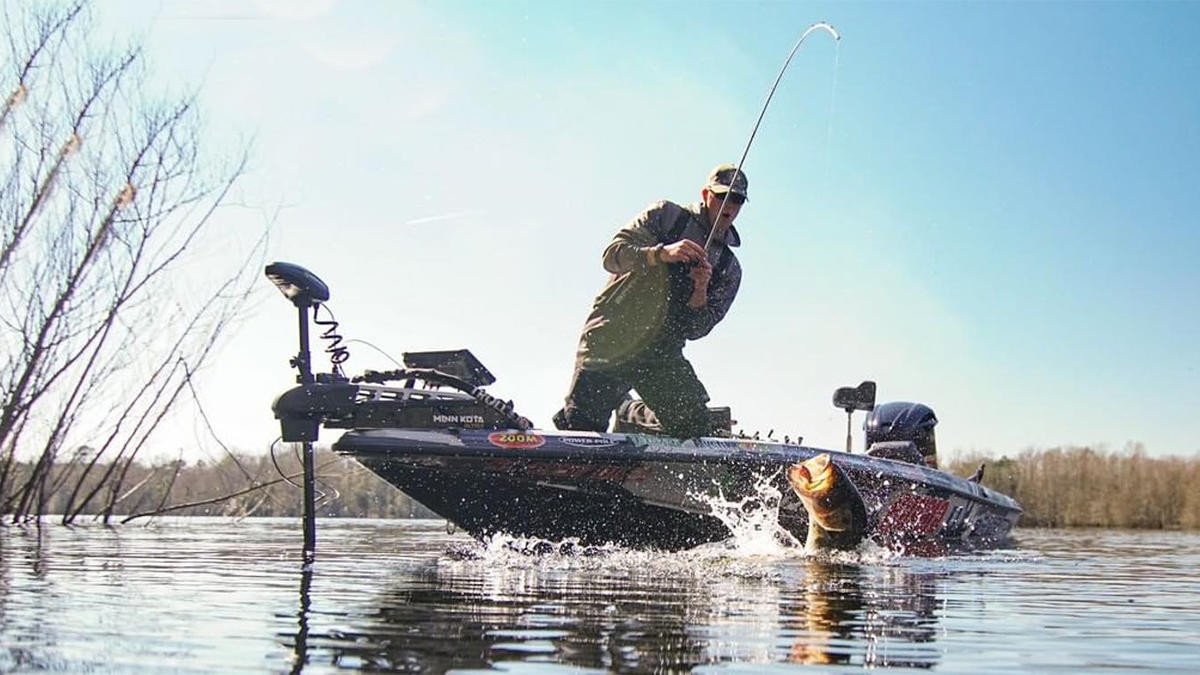
Playing ’em too much
Most of us have been taught to slowly and gently fight wintertime bass once we have ’em on the end of our line. While a lot of anglers will certainly agree with that train of thought, Walters has a slightly different opinion about it all.
“As we discussed earlier, these cold-water bass have tough mouths this time of year,” Walters said. “And for whatever reason, these winter bass will often just hold your crankbait in their mouth and the hooks won’t always pierce. They’re just so lazy and lethargic right now, they just bite funny.”
To avoid losing the bass to these circumstances, Walters will actually be a little more aggressive throughout the fight. Now, he’s not skiing them across the surface of the water but he’s certainly not giving them any extra chances to shake their head and throw his crankbait.
“Because I fight them a little harder this time of year, I prefer a fiberglass rod with a softer tip so it loads up and gives you a delay,” Walters said. “That delay may be small, but it helps them eat it just a little better than normal which increases your hookup ratio. I’ve been using the 7-foot medium-light Daiwa Tatula Elite and it has been an awesome choice for my favorite winter plug, a Rapala DT 6.”

Ignoring warming trends
Weather you’re stuck inside due to snow or rain, it’s well known that with winter comes a bunch of extra precipitation. When you’re riddled with cabin fever, it’s tempting to hit the lake on the first nice day after an extended period of poor weather. But if you can check out the forecast beforehand, you might find that patience will pay off.
“Even though that first pretty day might seem like an awesome day to go fishing, I like to focus on the third day of a warming trend,” Walters said. “Now of course, any day is a great day to go fishing. But if I had to choose this time of year, I’m always going to focus on that third day. The first nice day normally brings very high barometric pressure which makes the bite fairly tough. But if you can be patient and let that pressure even out for a day or two, you’ll be richly rewarded.”
The importance of wind should also not be overlooked. A lot of people think wind should be avoided in chilly weather, but Walters looks for it even more this time of year.
“I’ve caught ’em in 20-degree weather in two feet of water with waves crashing against the bank,” Walters said. “I think the surface commotion hides not only your bait, but your boat and any unnatural noises as well. This is when I chase wind the most. It’s going to be cold and uncomfortable, but it positions bass like no other.”
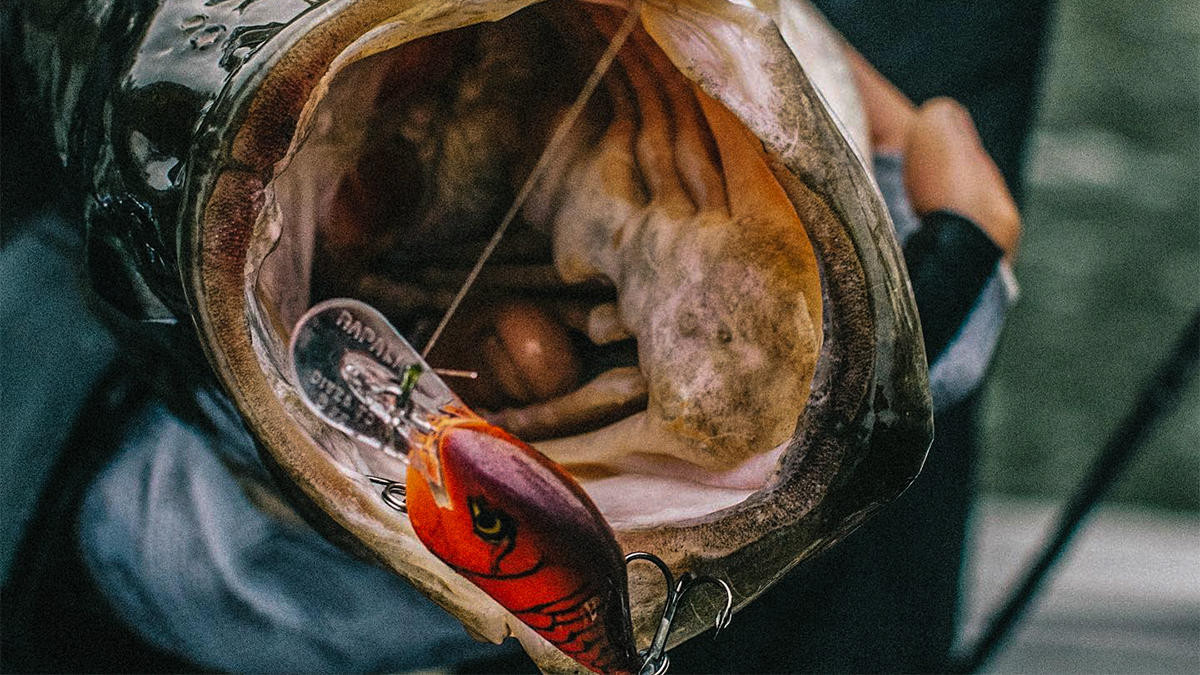
Overthinking colors
Every angler in the world is guilty of overthinking things at some point. In regards to cold-water cranking, it’s especially easy to get spun out. You’re not always going to get a bunch of bites doing this, so those hour-plus lulls in the action can make you start doubting yourself.
Whatever you do, don’t start losing your mind about your crankbait’s color. For all the years I’ve known him, Walters’ favorite crankbait has been a Rapala DT 6. If you stick to three primary patterns in that lineup, he believes you’ll be just fine.
“I keep it super simple this time of year,” Walters said. “I’m either going to use red (Ike’s Demon), chartreuse (Ike’s Old School) or shad (Ike’s Disco Shad). Those colors cover everything I need. I’ll use the red color within a few days of a full moon and whenever I’m targeting rock or clay banks, I’ll use chartreuse in muddy water and stick with natural shad in cleaner water. That’s as complicated as I make it.”
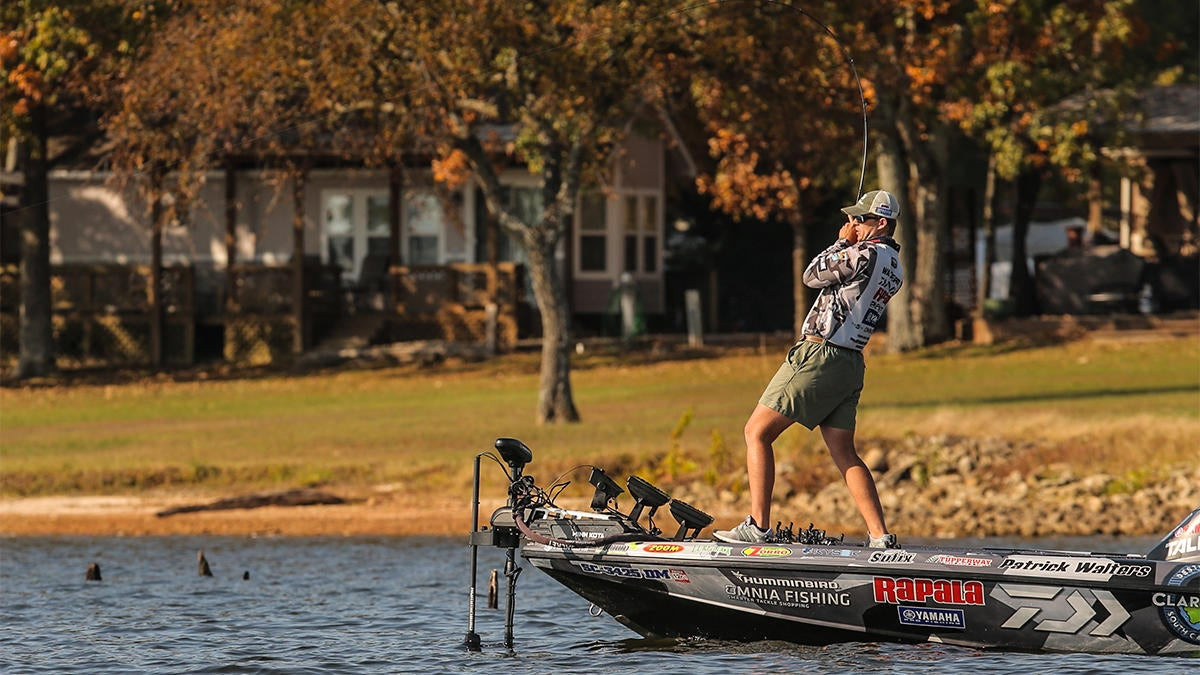
Making line an afterthought
An avid power fisherman, nothing makes Walters happier than tying on some big line and targeting heavy cover. With this cold weather and tougher conditions, however, he’ll step things down a notch and take a little different approach than he normally would.
“As I get closer to spring and summer, I’ll definitely increase my line diameter,” Walters said. “But right now, I’ll stick with 10- to 12-pound Sufix Advance Fluorocarbon. The smaller diameter allows me to get my smaller crankbaits deeper, which helps me dredge the bottom and keep in better contact with the bait.”
That last sentence shouldn’t be taken lightly. A lot of the cranking bites you’ll get right now will be oddly subtle and at times, even feel like you have a small leaf snagged on your treble hooks. This lighter line helps with your sensitivity.
“Bait awareness is everything,” Walters said. “Especially right now. You need to be able to feel every single thing your bait is doing. If it misses a single shimmy or wobble, you need to be able to feel it because that’s oftentimes a bite.”
The next time you get an opportunity, tie on a small crankbait, grab a thermos full of coffee and grind it out for a few hours on the lake. It’s not going to be pleasant and you’ll need a hot shower afterwards, but that’s a small price to pay for catching a giant on your favorite crankbait.


